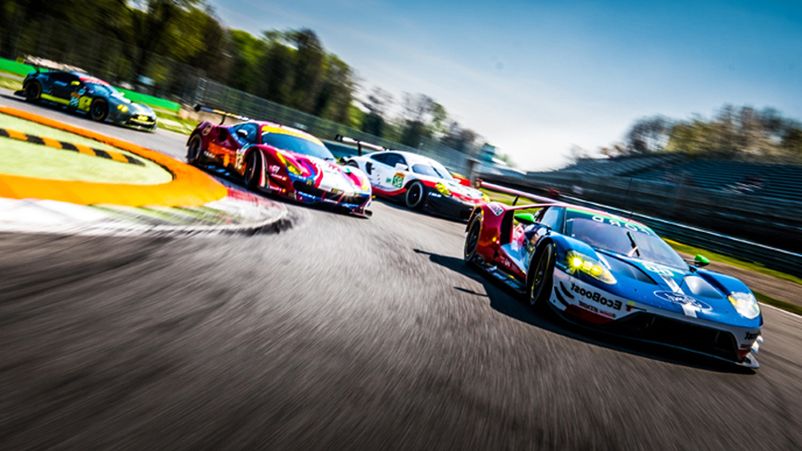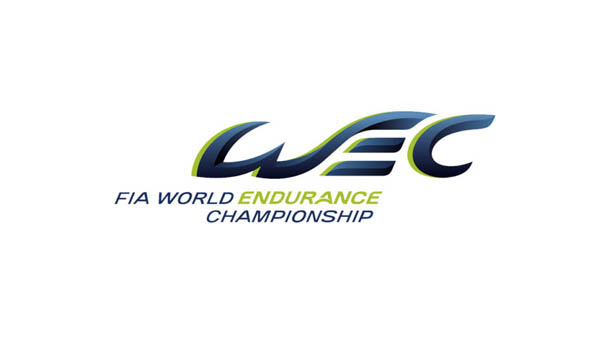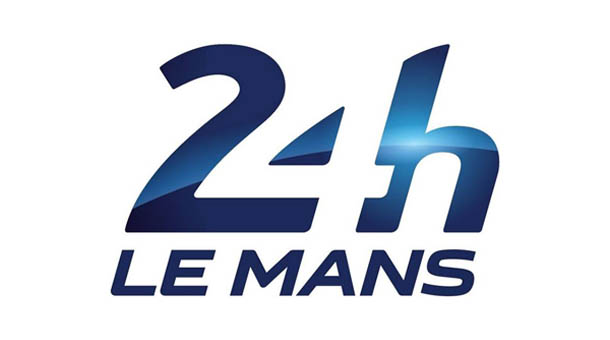World Endurance Championship (FIA WEC) is an international endurance racing competition, formed by the forces of the Western Automobile Club and officially presented by the FIA in 2012, the rules were approved in 2011.
THE FIA WEC WORLD ENDURANCE CHAMPIONSHIP
The first race of the FIA WEC, popularly known as "endurance racing", was the 2010 Le Mans Cup. Today, the composition of the competition includes 9 racing sessions taking place on 9 different tracks around the world. The session lasts 4-6 hours, with the exception of the daily marathon race in Le Mans. Pilots are required to complete the maximum number of laps during the 6-hour test.
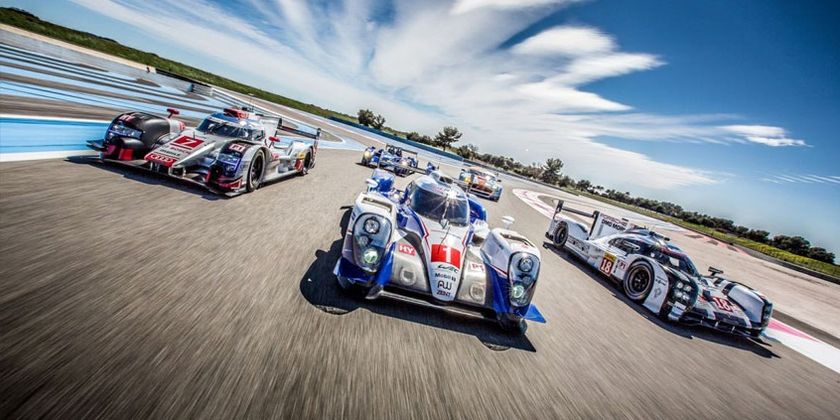
Of the 9 tracks of the championship, 4 are located in Europe, 3 in Asia, 2 in America. The winner of the World Endurance Championship race is the team whose racing car has completed the most laps in the allotted time. The rules require the presence of 2-3 riders alternately replacing each other. Clear conditions for the duration of one driver driving are determined only for the 24-our Le Mans marathon - no more than 4 hours in a row, 14 in total. The possibility of changing pilots, refueling and pit stops is prescribed.
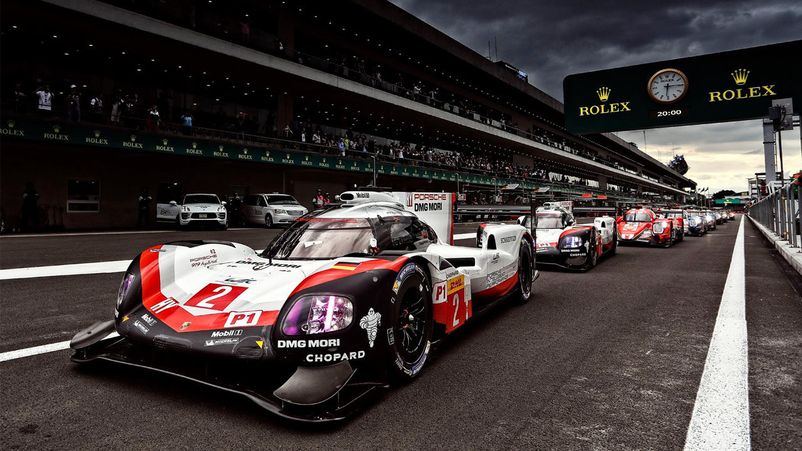
Teams of any country can take part in the World Endurance Championship, the main factor is a sports car (classes: Sport prototype, Gran Turismo) that meets the technical rules. Violations of the rules are punishable by disqualification.
DISTINCTIVE FEATURES OF WORLD ENDURANCE CHAMPIONSHIP
The FIA WEC uses LMP1/LMP2 sport prototypes and Gran Turismo (GT) cars.
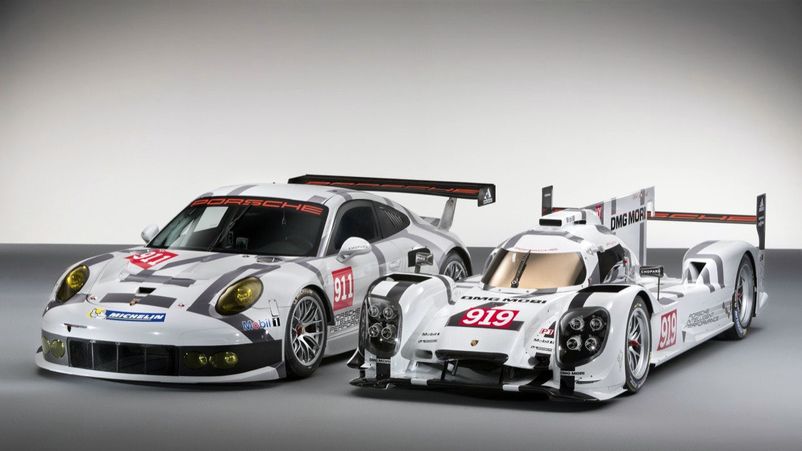
Within the framework of the stage, 4 classes compete simultaneously with different power and technical characteristics:
- Sports prototype of the senior class LMP1
- Sports prototype junior class LMP2;
- Sports cars of the Gran Turismo LM GTE Pro and LM GTE Am classes.
The endurance race is a test for all participants in the competition: both riders and technical staff. Only well-coordinated teamwork with strict adherence to requirements can achieve a long-awaited victory in the World Endurance Championship.
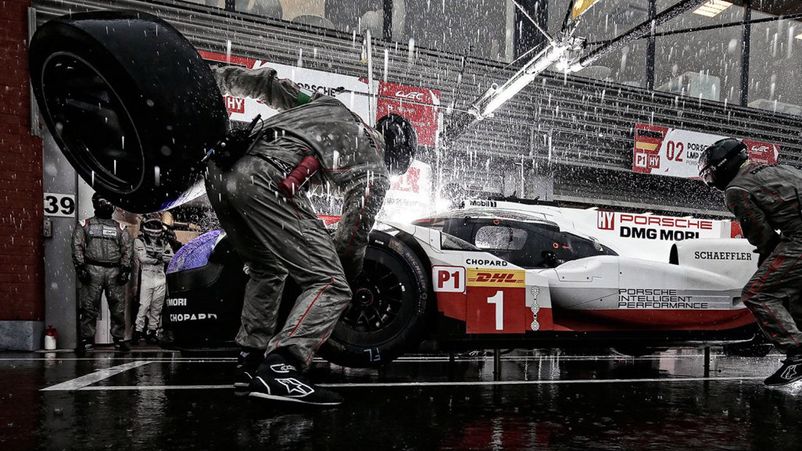
TECHNICAL REGULATIONS AND TECHNOLOGY USED IN THE FIA WEC
- Use of biofuel is allowed;
- Use of a cockpit of the open and closed design is possible;
- The cockpit provides a co-pilot seat;
- Size, maximum: 2000 mm x 1030 mm x 4650 mm (L*W*H);
- Mechanical components hidden by the body.
These requirements are met by participants of all classes.
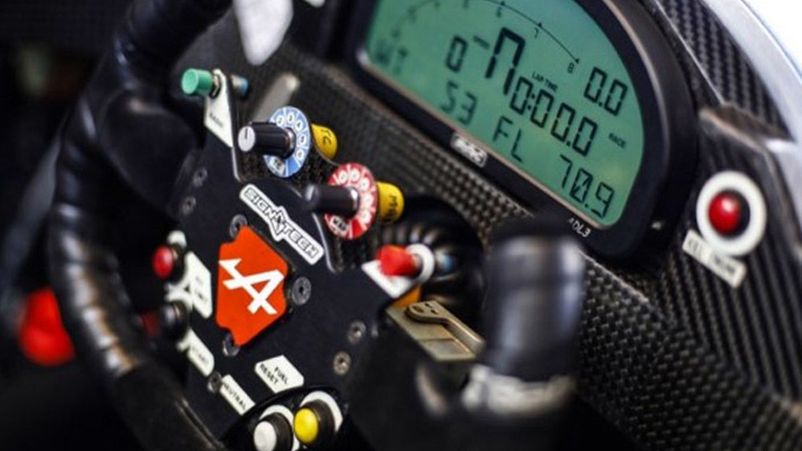
The racing cars of the World Endurance Championship are represented by prototype and road cars of the Grand Turismo class. Naturally, they are all designed specifically for racing. The LMP1 cars are more durable compared to the LMP2, and their main difference from the GT cars is the lack of a homologation batch and body style. Additionally, all cars are equipped with a double cab and a lighting system for a night race.
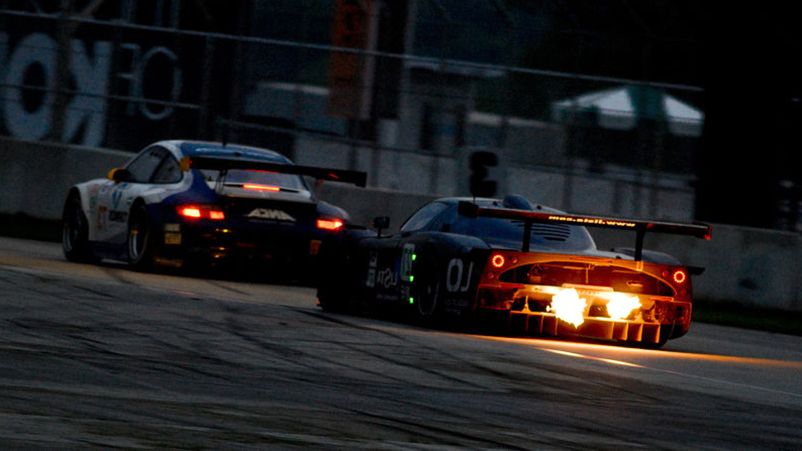
LMP1 PARAMETERS
- Car weight - at least 900 kg;
- Unlimited number of cylinders;
- Wheel diameter - 16 inches;
- Volume limits for 6-cylinder internal combustion engines - up to 6000 cm3
- The volume of naturally aspirated engines - up to 5500 cm3;
- Tank volume: gasoline - 75 l; diesel fuel - 65 l;
- The presence of a supercharger or a turbocharger reduces the final volume of the internal combustion engine - for gasoline:<4000 cm3; for diesel: <5500 cm3;
- Admissible pressure of the turbine of the engine: gasoline - 1,5 bars; diesel - 3 bar.
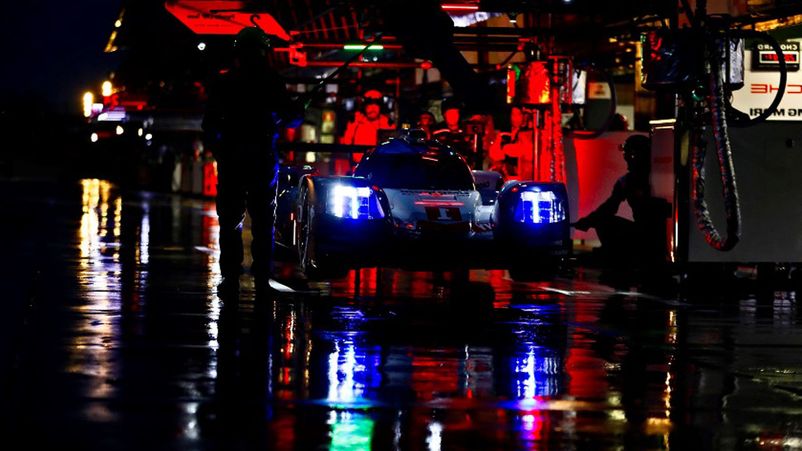
LMP2 PARAMETERS
- Participation of factory teams is prohibited;
- Car weight - at least 900 kg;
- The maximum allowable number of cylinders - 8;
- The use of a turbocharger or supercharger is allowed only on gasoline 6-cylinder internal combustion engines with a volume of 2000 cm3;
- Engine capacity - up to 4000 cm3;
- Volume of a fuel tank - 80 l;
- Wheel diameter - 14 inches.

GRAN TURISMO PRO/AM
- The LM GTE Pro team consists of professional riders.
- The crew of the LM GTE Am series team consists of at least one rider in the "amateur" status.
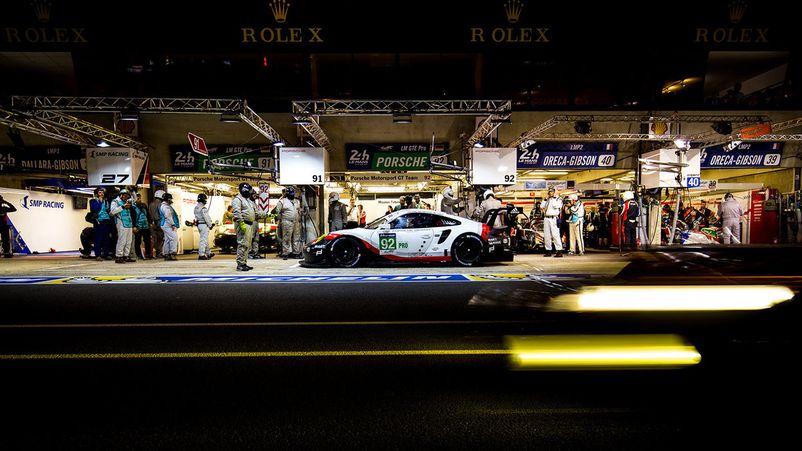
GRADING SYSTEM AND AWARDING OF RIDERS FIA WEC
The FIA WEC uses a standard scoring system similar to all FIA races. In the overall standings, the first 10 teams receive points. First 3 places: 25, 18, 15 points, and the pilot who took 10th place - 1 point. Places from 11 to the last by 0.5 points. At the 24 Hours of Le Mans points earned are doubled and the qualifying winner receives 1 point before the start of the race.
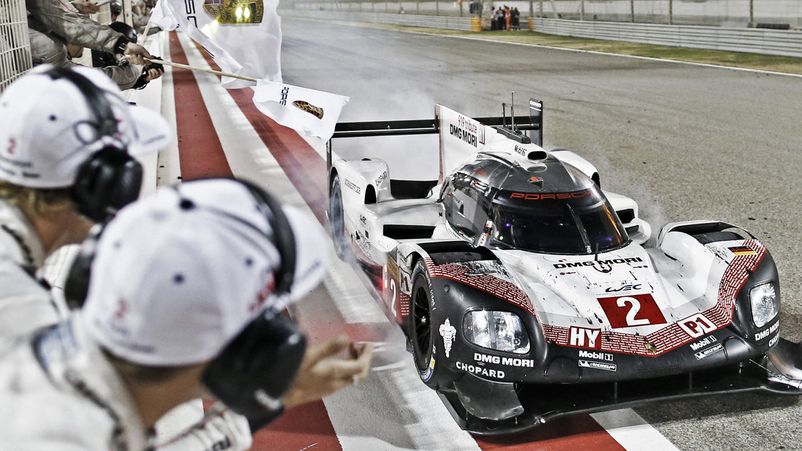
Based on the results of 9 (the number of stages may vary) World Endurance Championship competitions, the points scored by the team are summed up to determine the winner in their class and award the following awards.
- the title of the best automaker among the prototypes and race cars of the GT series;
- title in the individual standings among racers of prototypes from GT series cars;
- title of the owner of the World Cup in the individual and team standings among cars of the GT series;
- trophy among fireballs class LMP2 (individual and team standings);
- trophy among cars of the LMGTE Pro and LMGTE Am class (individual and team standings);
- trophy for the participation of private car manufacturers and racers.
